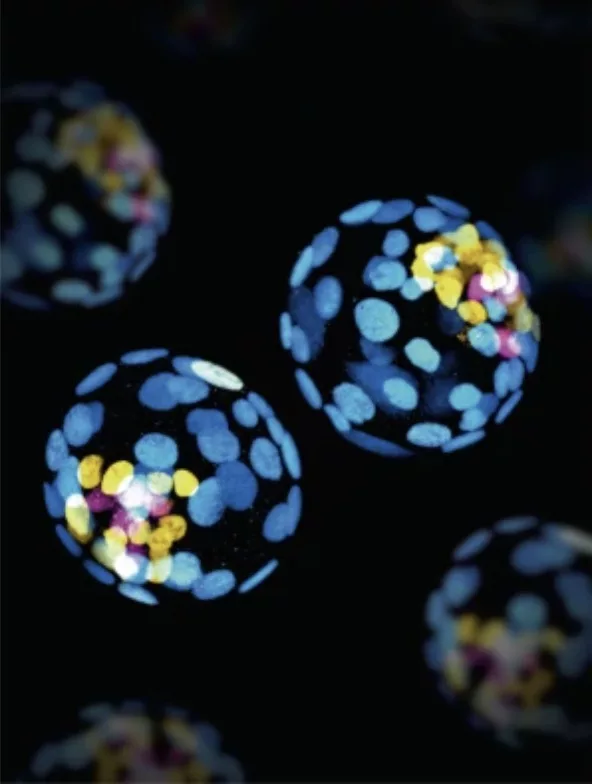Recent advancements in the field of in vitro embryo models have significantly enhanced our understanding of embryogenesis. These models allow researchers to study the intricate process of development from a single cell to a complex body structure. Pioneering methods have successfully recreated key embryonic stages in vitro, providing valuable insights into development. Notable achievements include the creation of in vitro models of the human blastocyst, early preimplantation developmental stages, and the development of a human pre-gastrulation model that mimics critical events like amniotic and yolk sac cavity formation, early neurulation, and organogenesis. These models have been further improved by incorporating extraembryonic tissues to study postimplantation events, with some models extending up to day 14 postimplantation in vivo.These breakthroughs in modeling human development build upon earlier achievements in mouse studies, where in vitro models derived from mouse stem cells successfully recapitulated natural mouse embryos up to 8.5 days post-fertilization. While valuable insights can be gained from studying developmental processes in animal models, it’s important to consider the species-specific features of human embryonic development that may not be fully represented in such models.
Keywords: Stem Cells, Modeling





